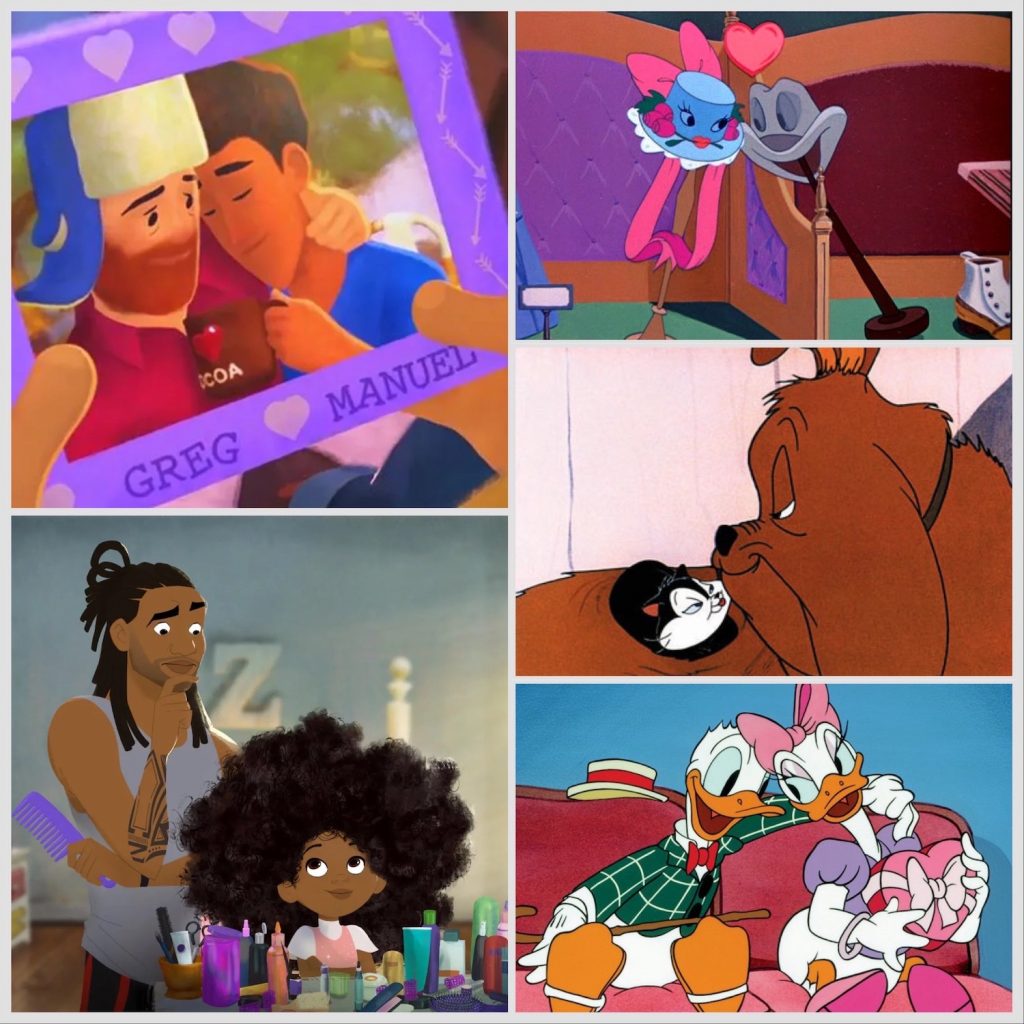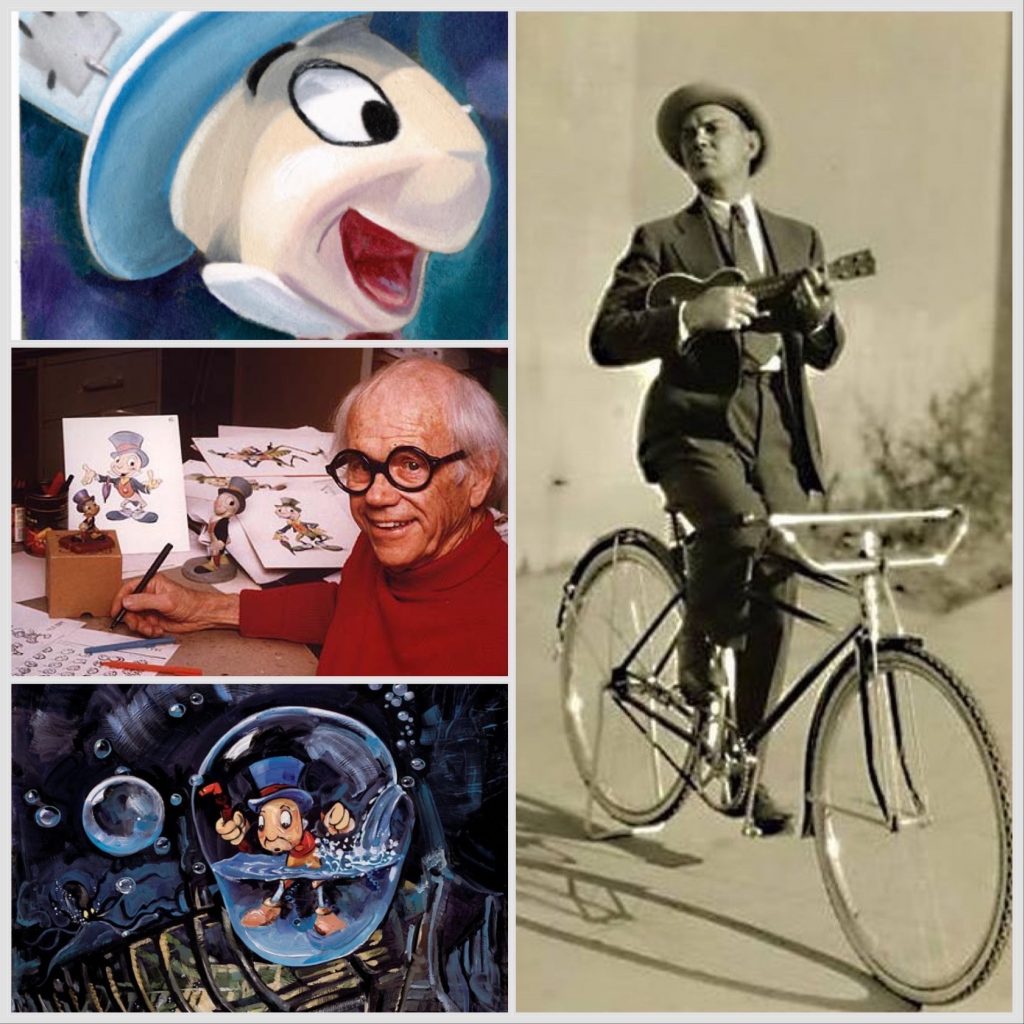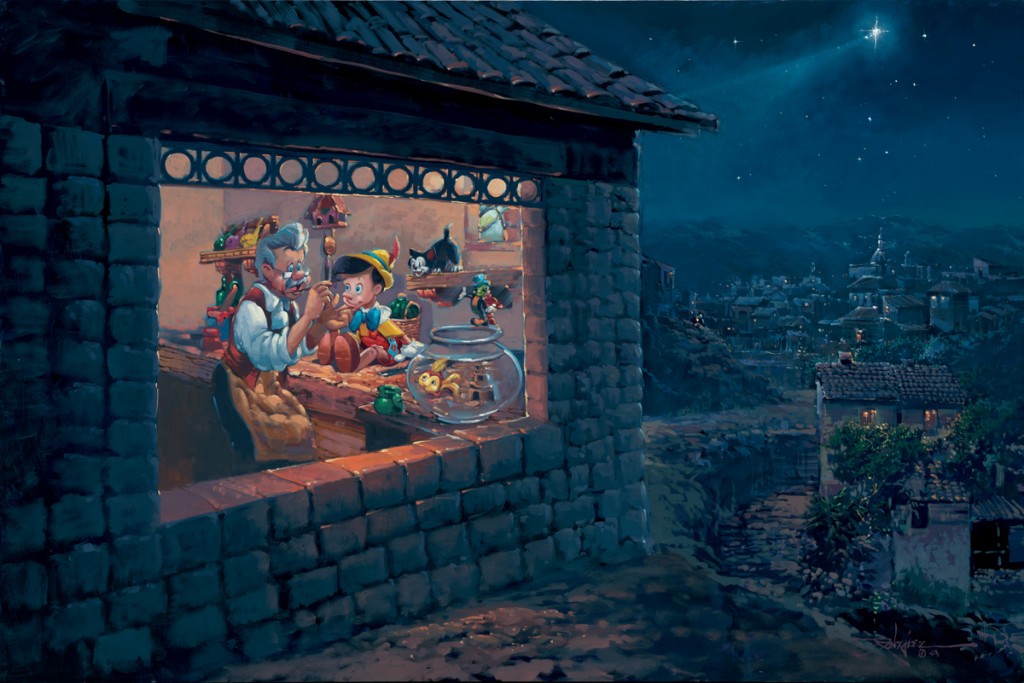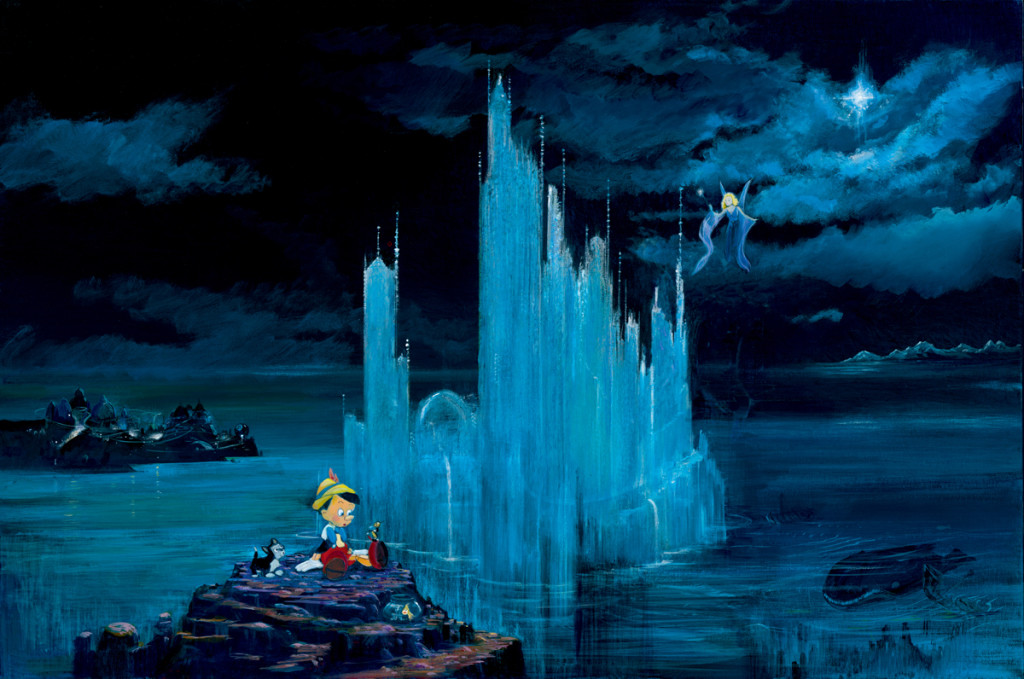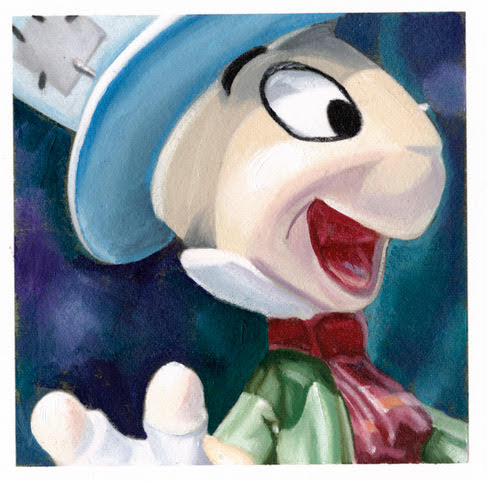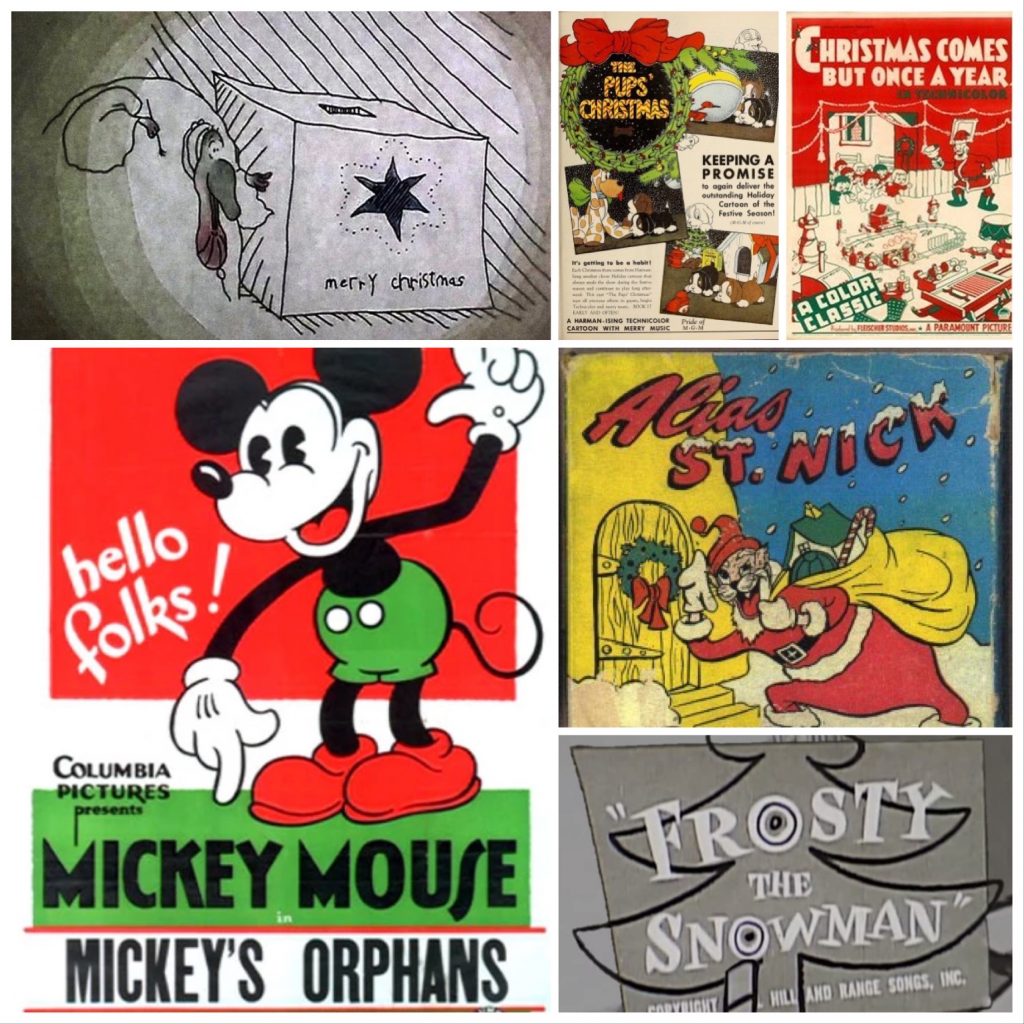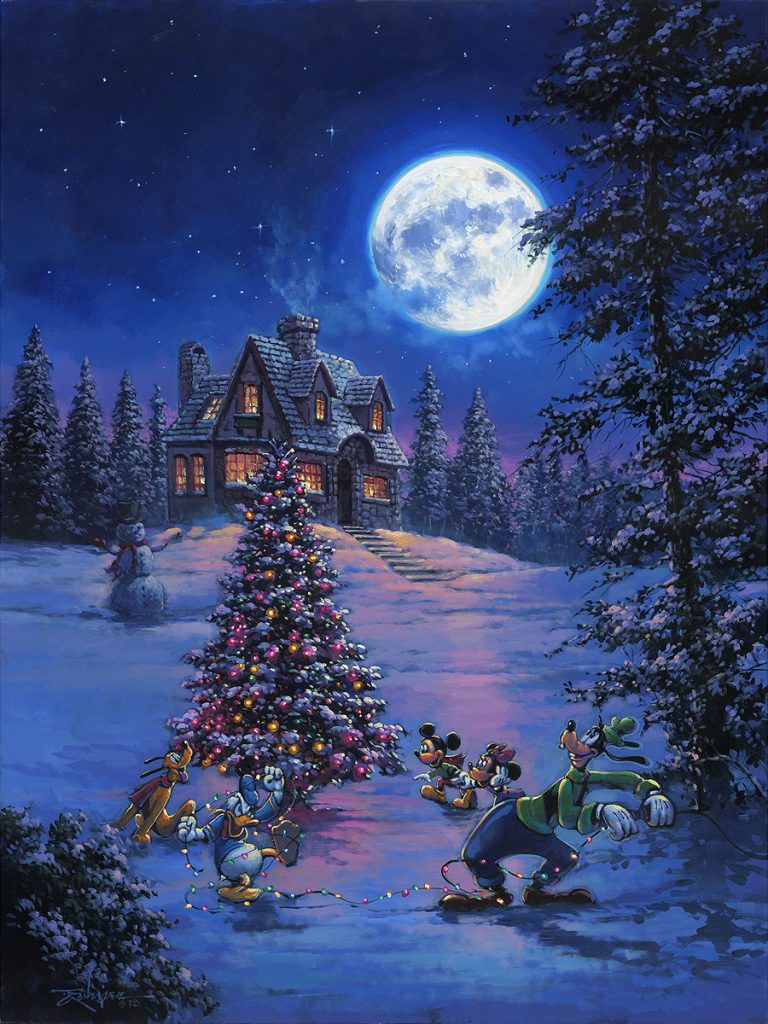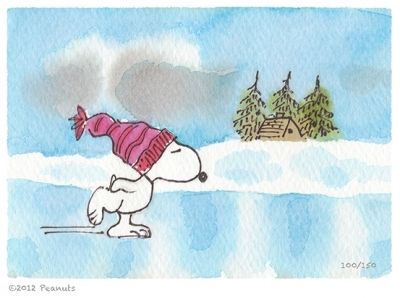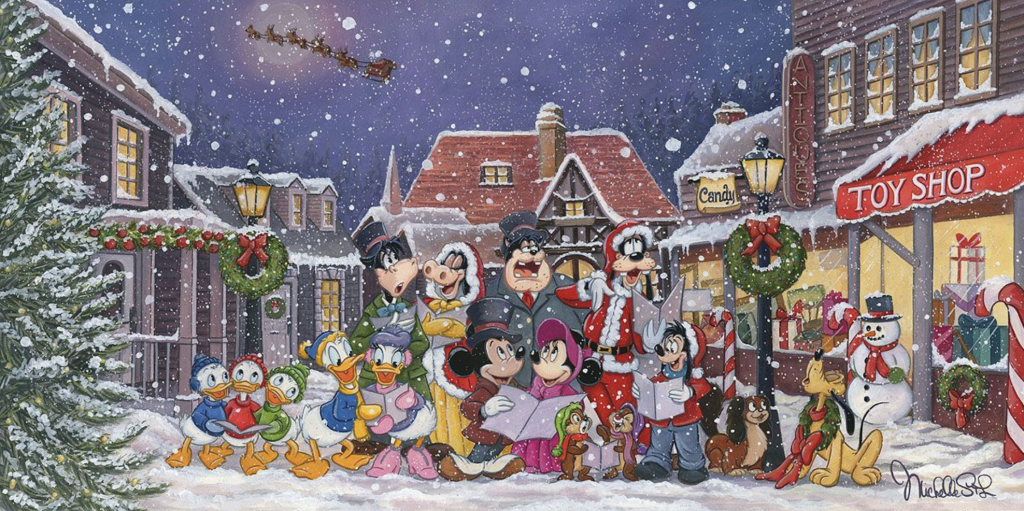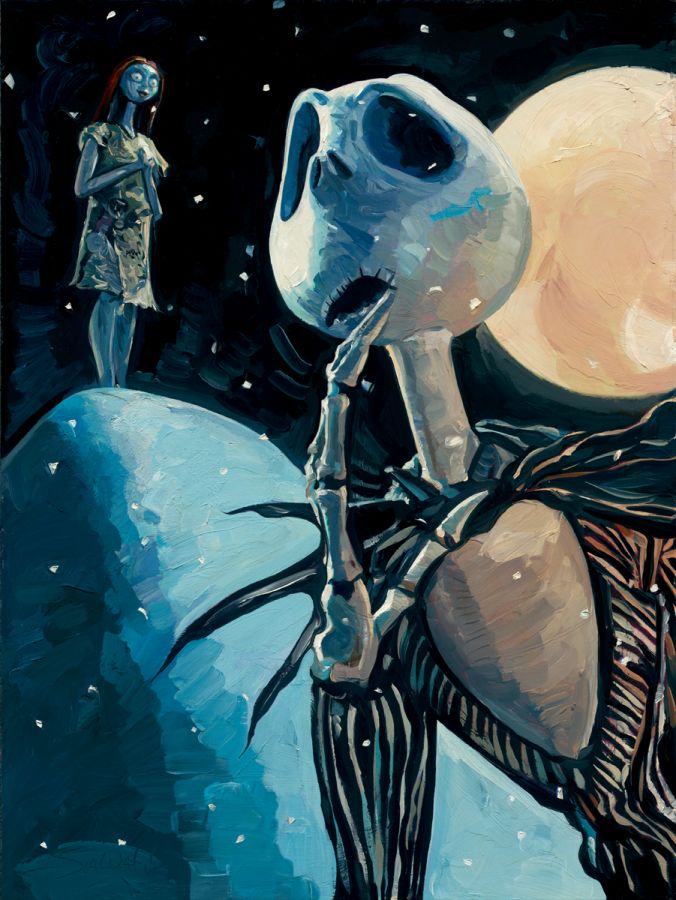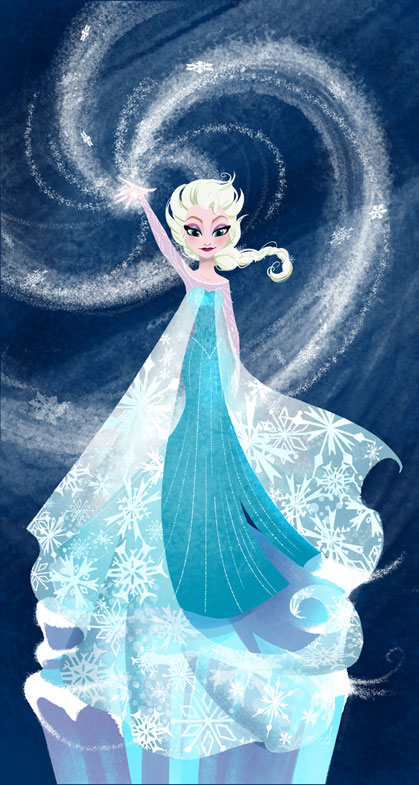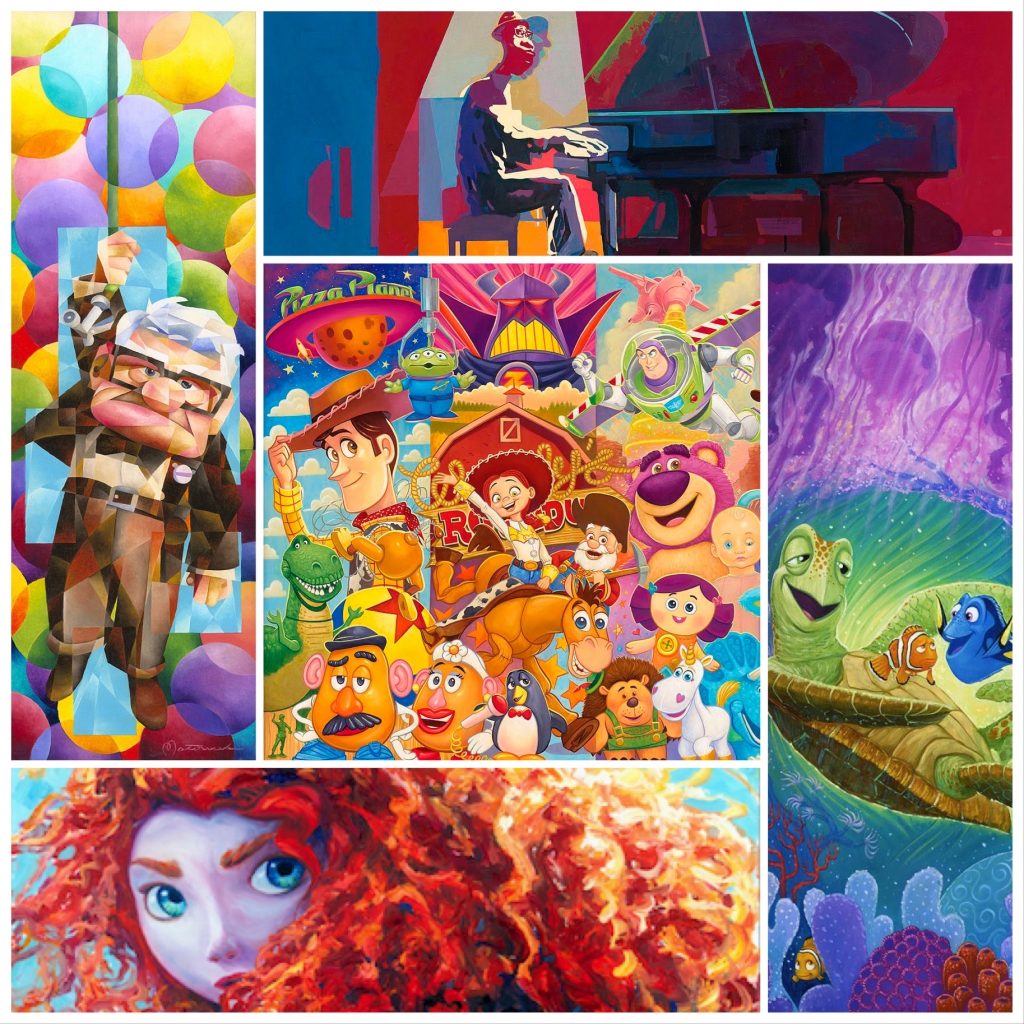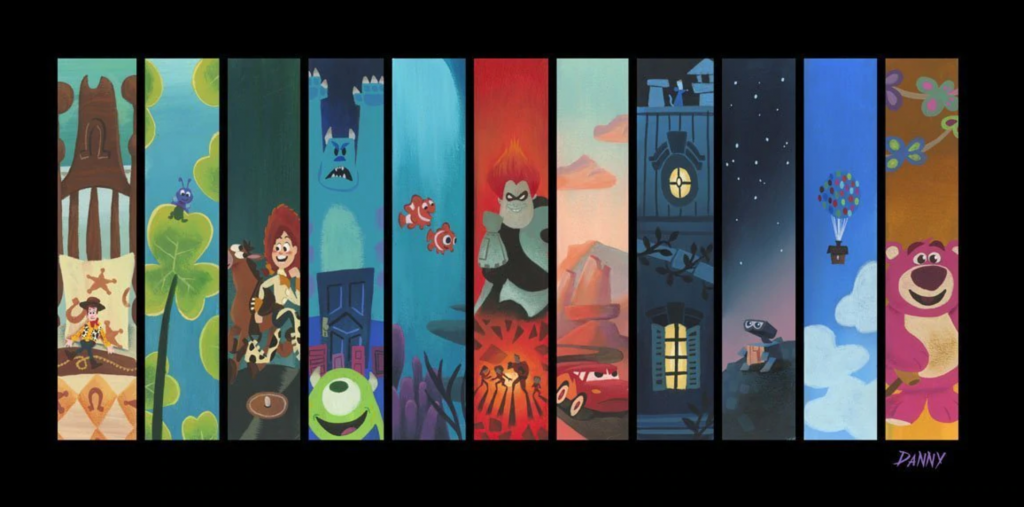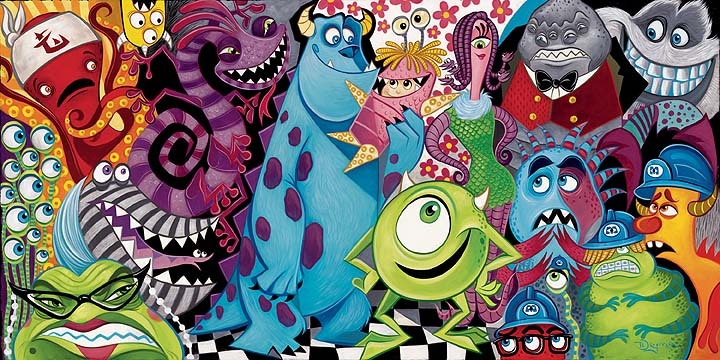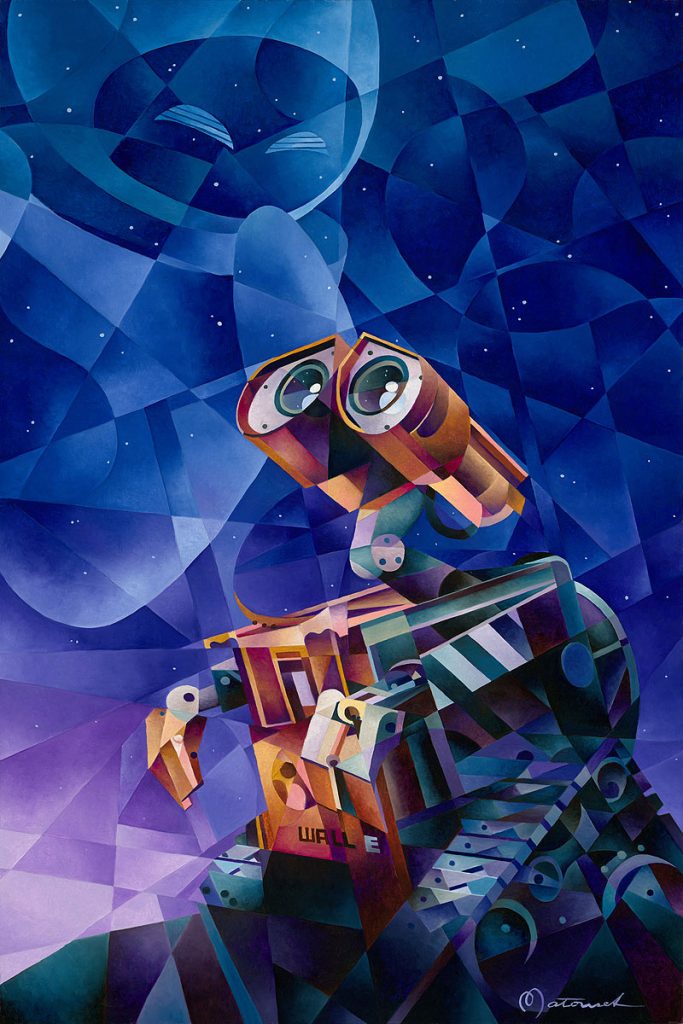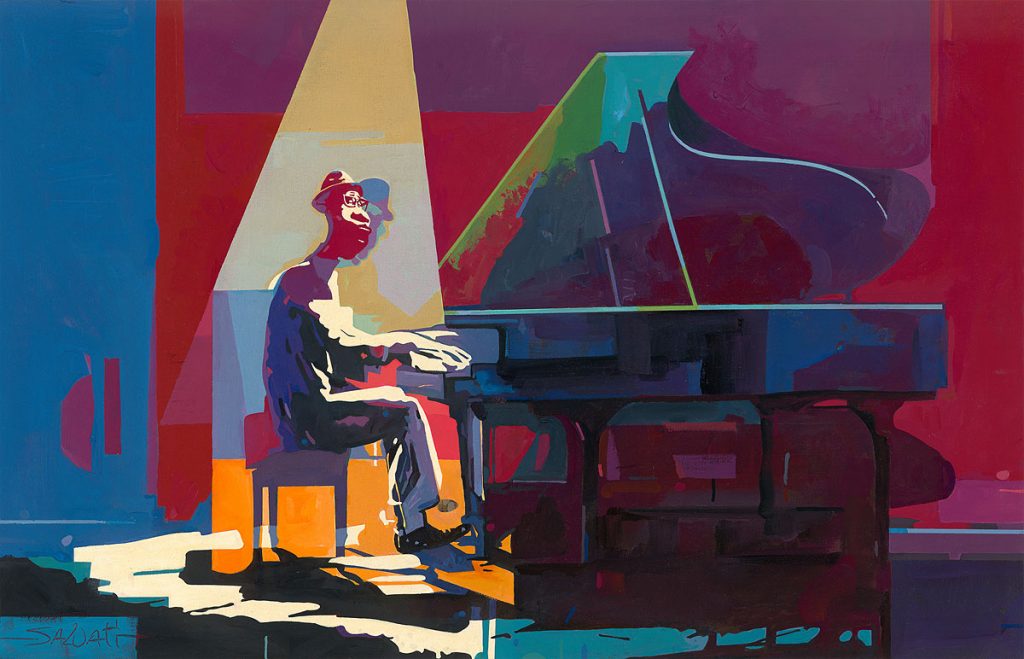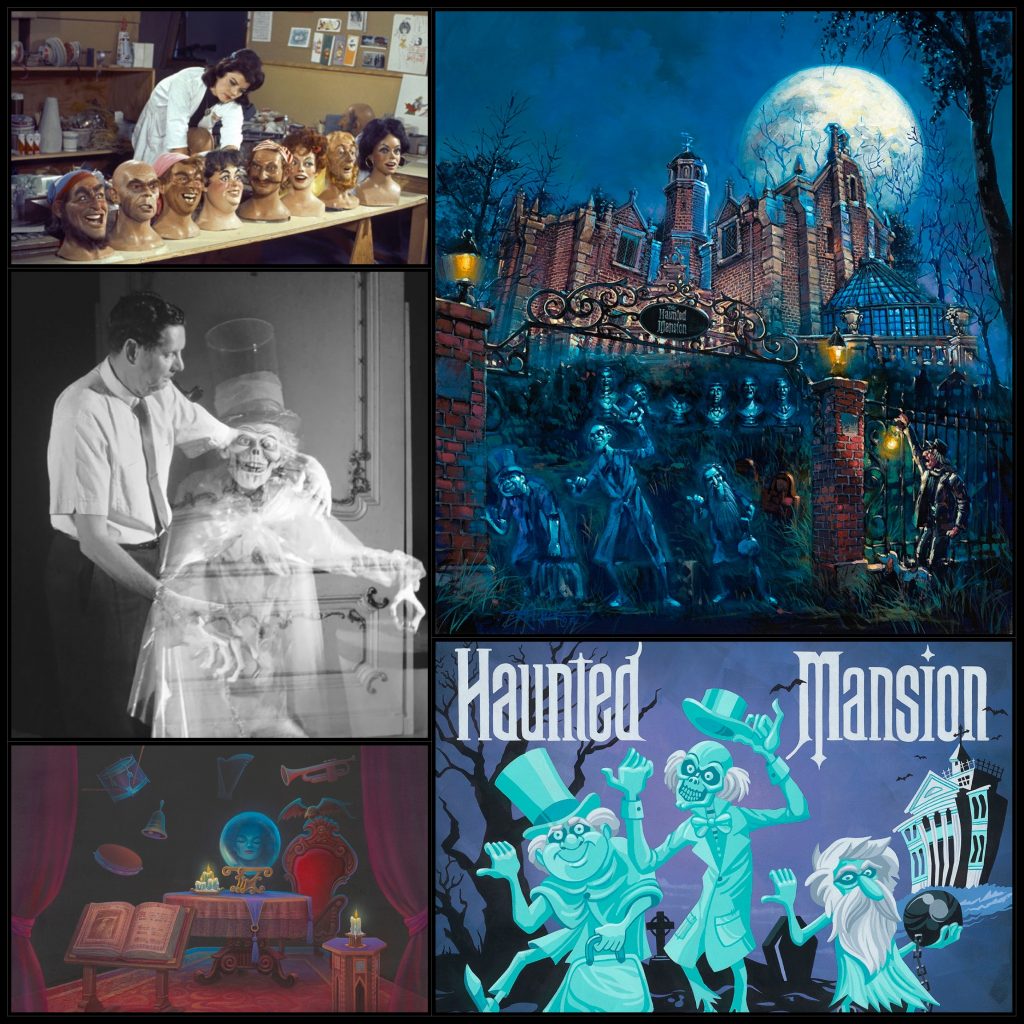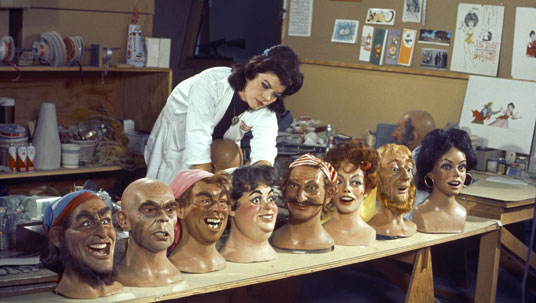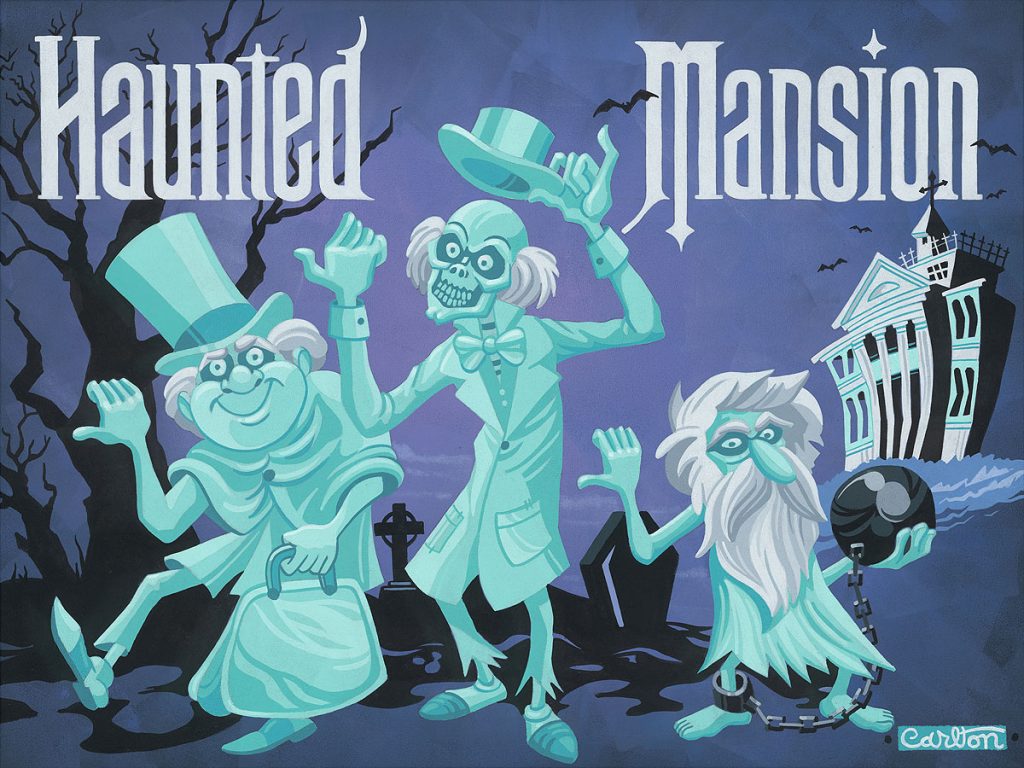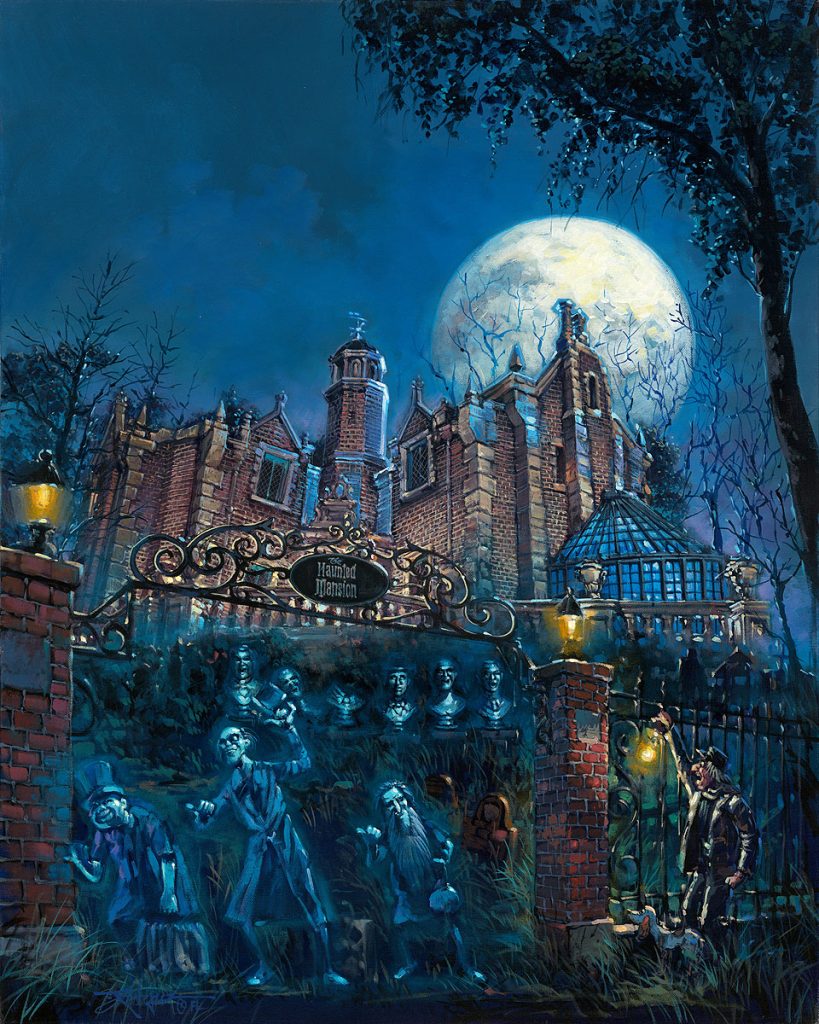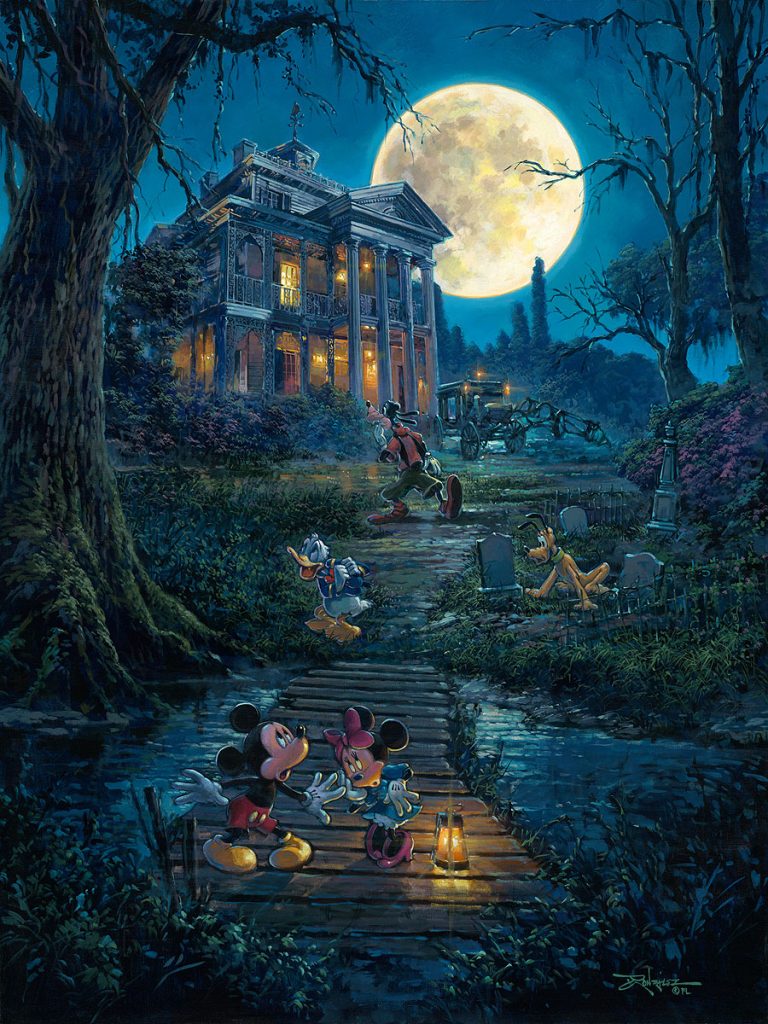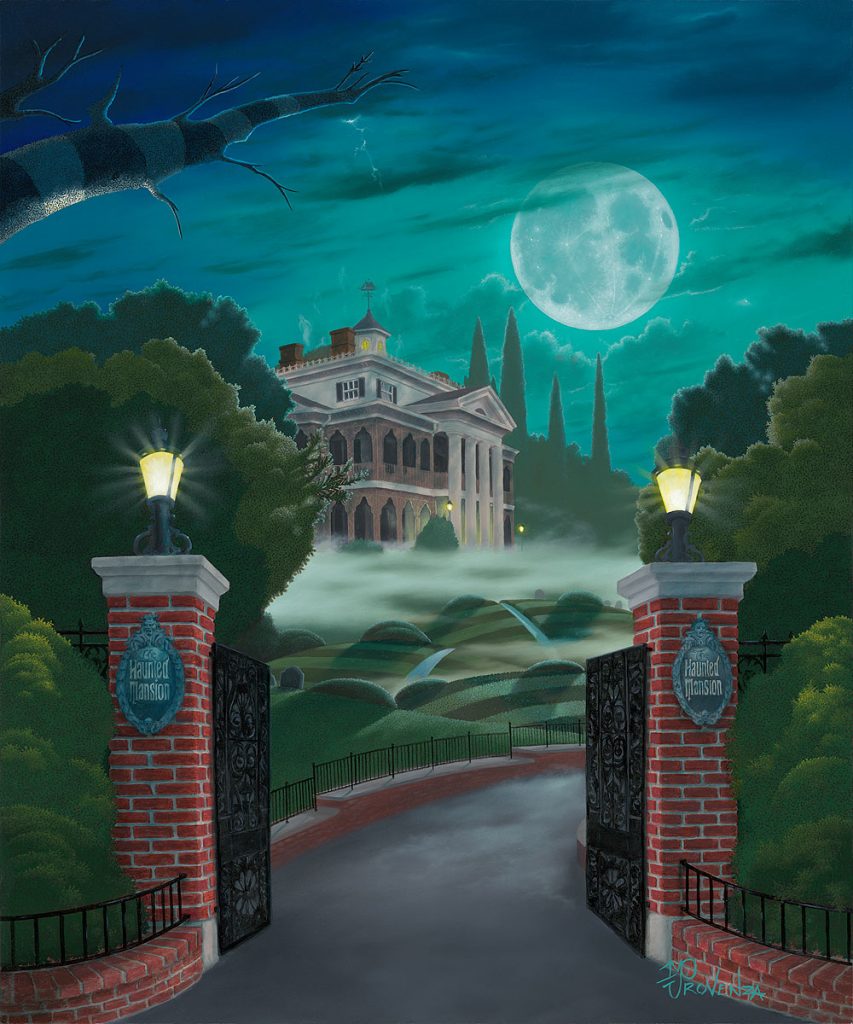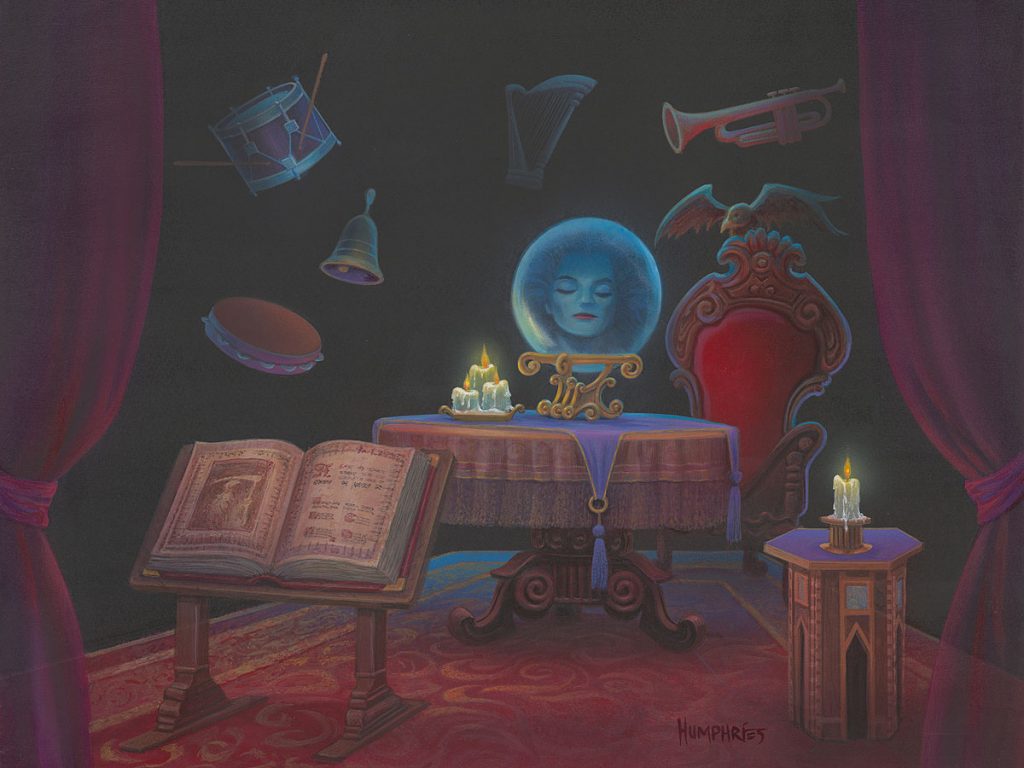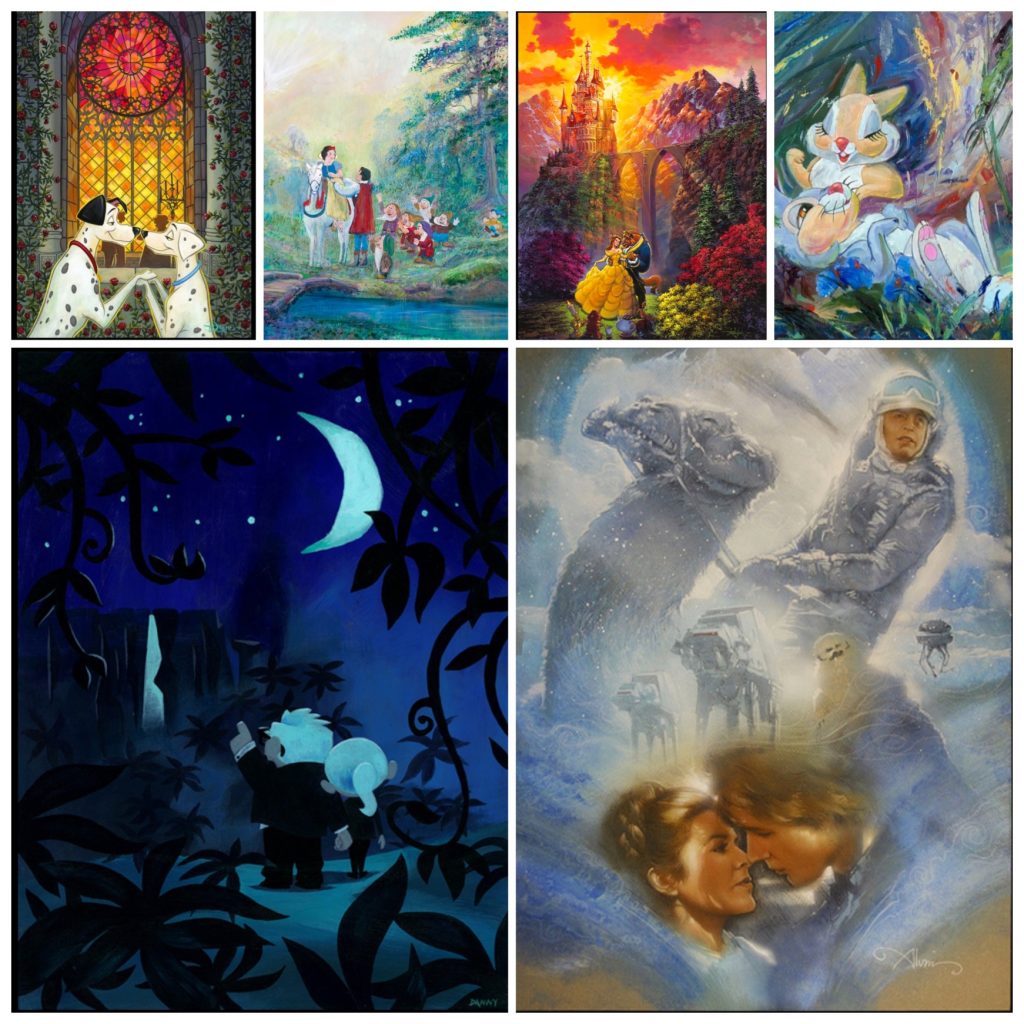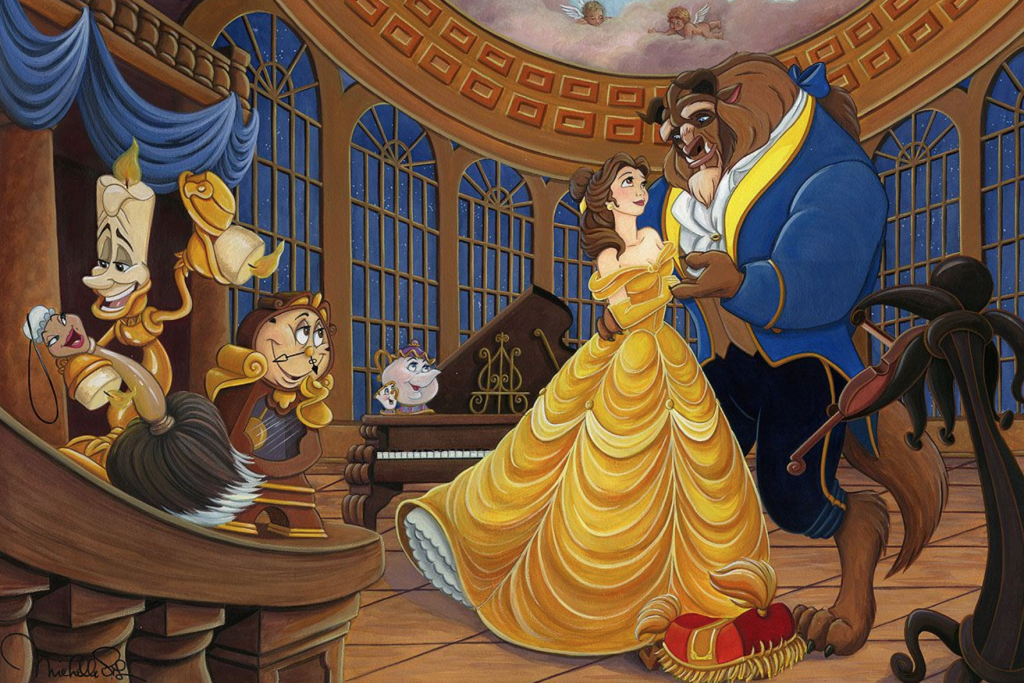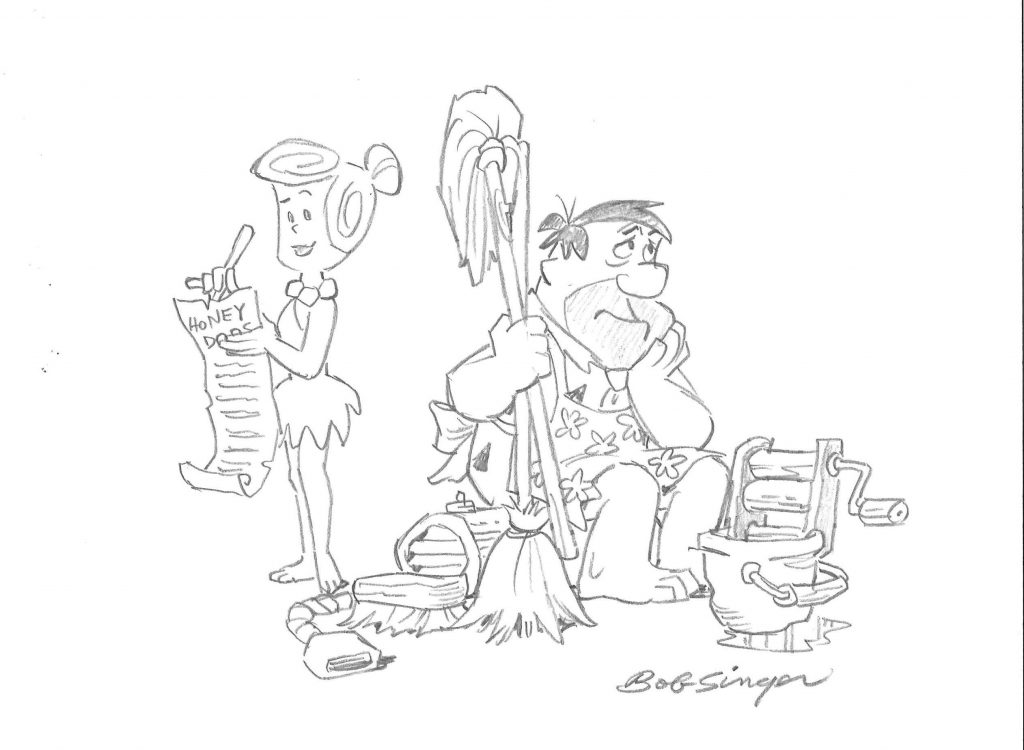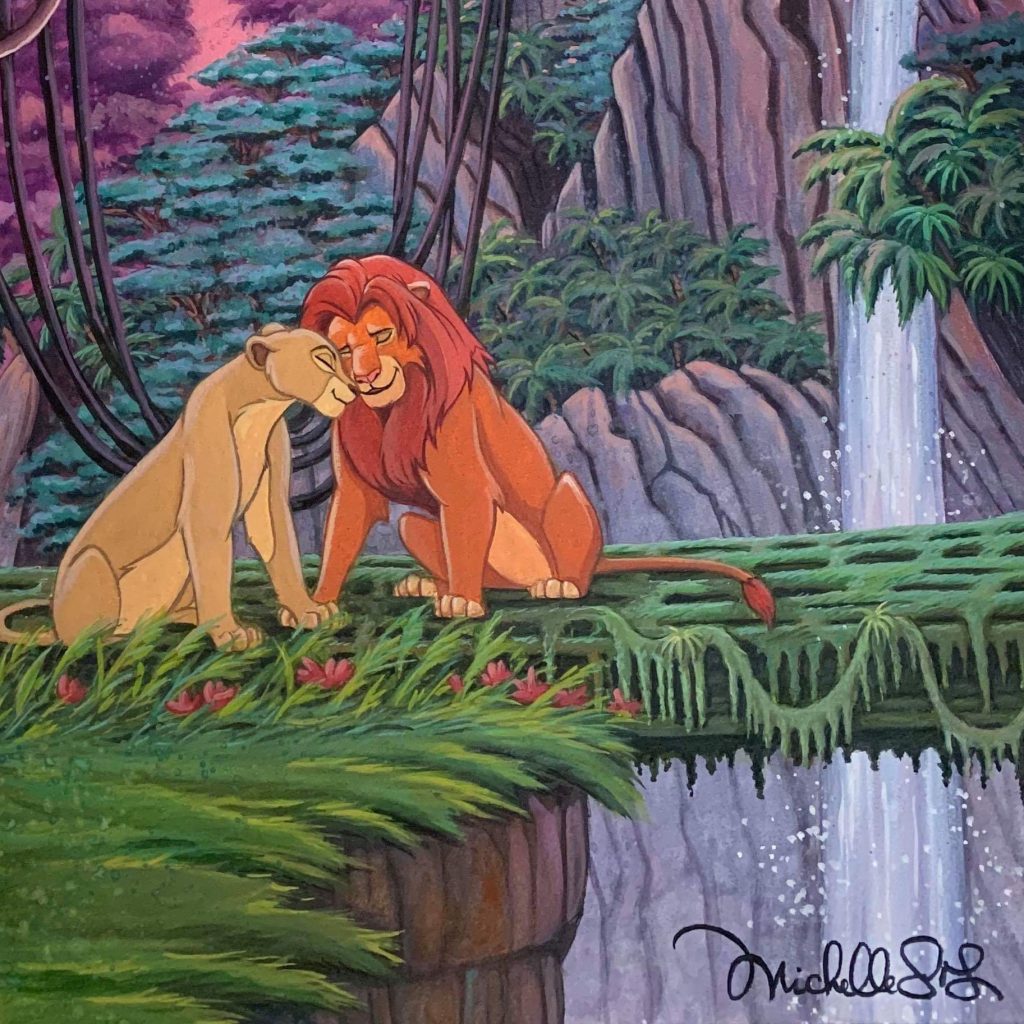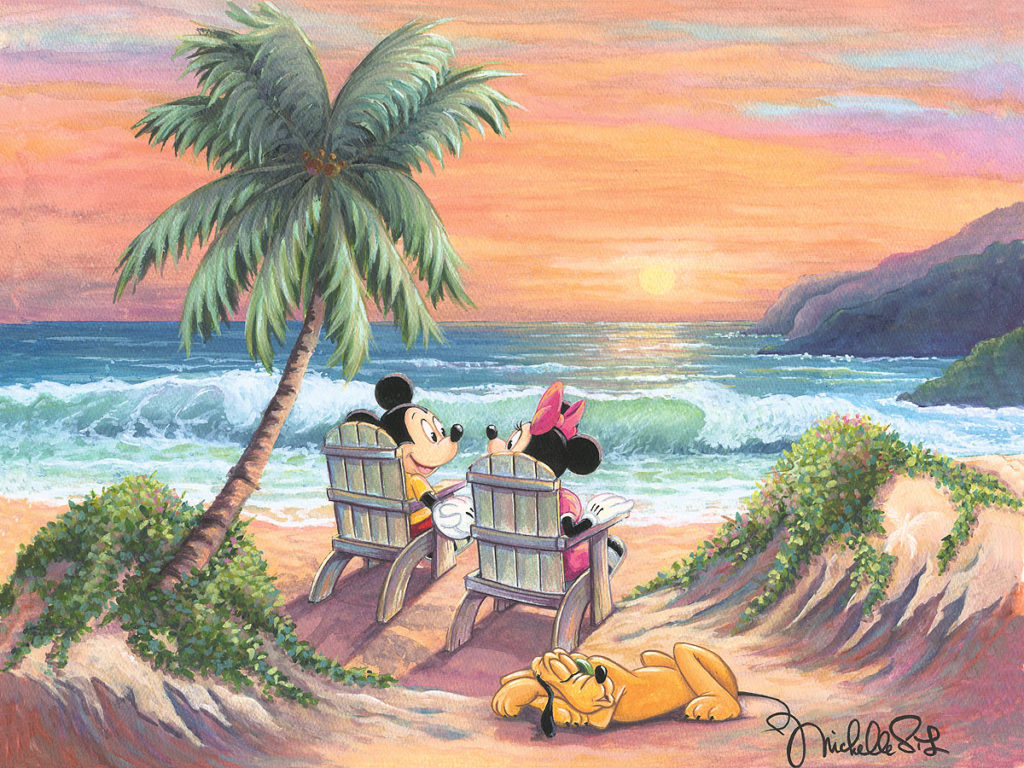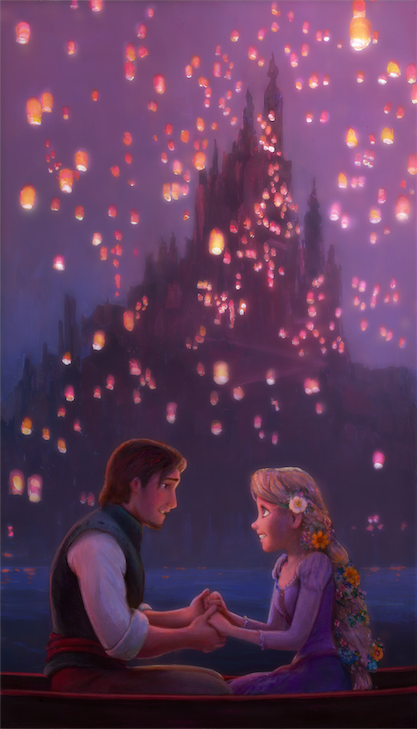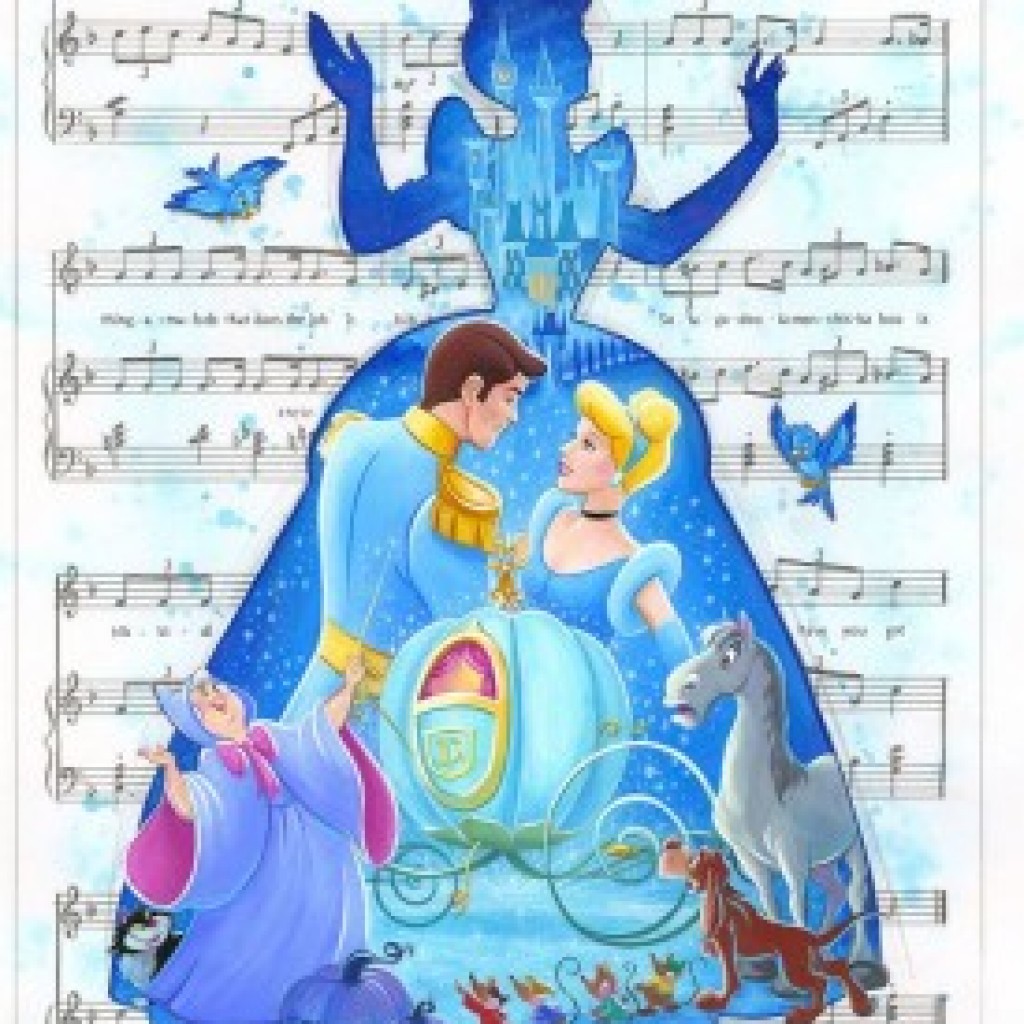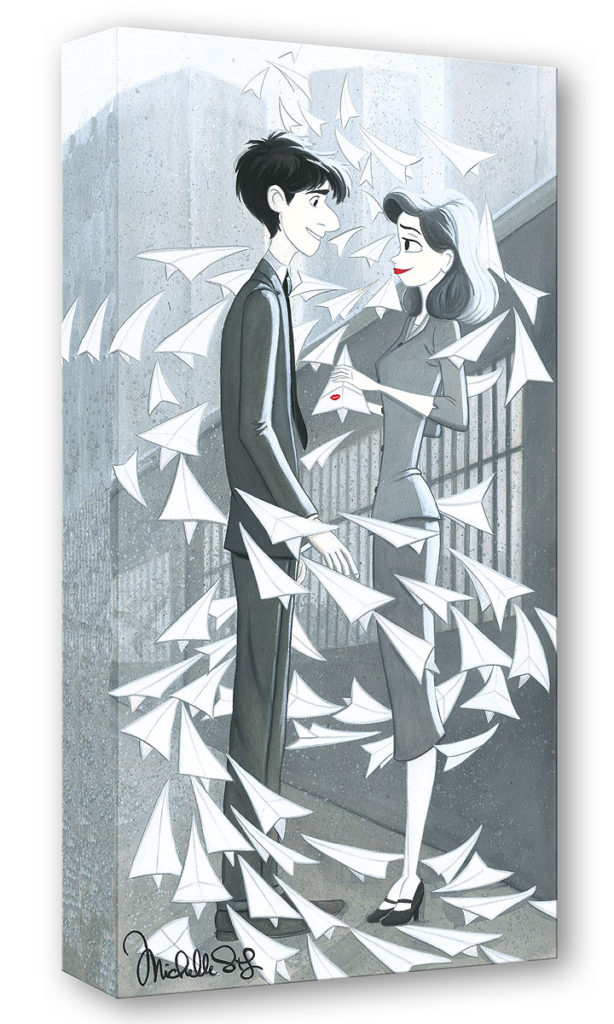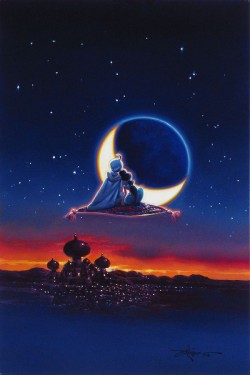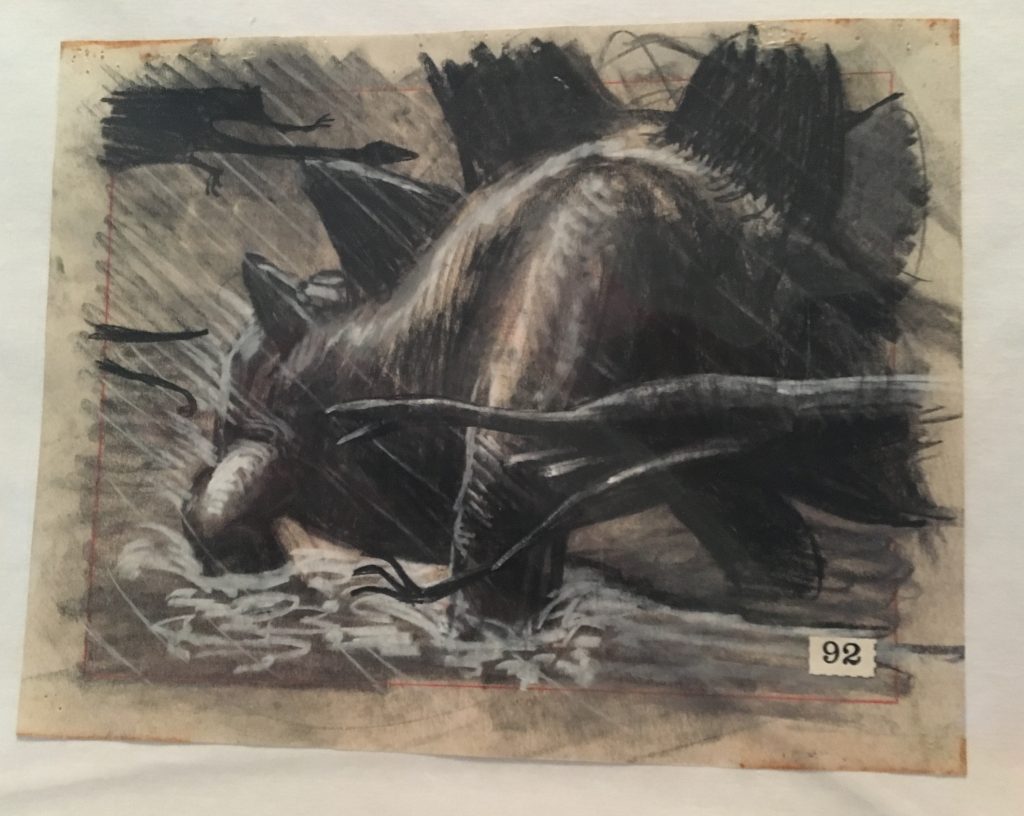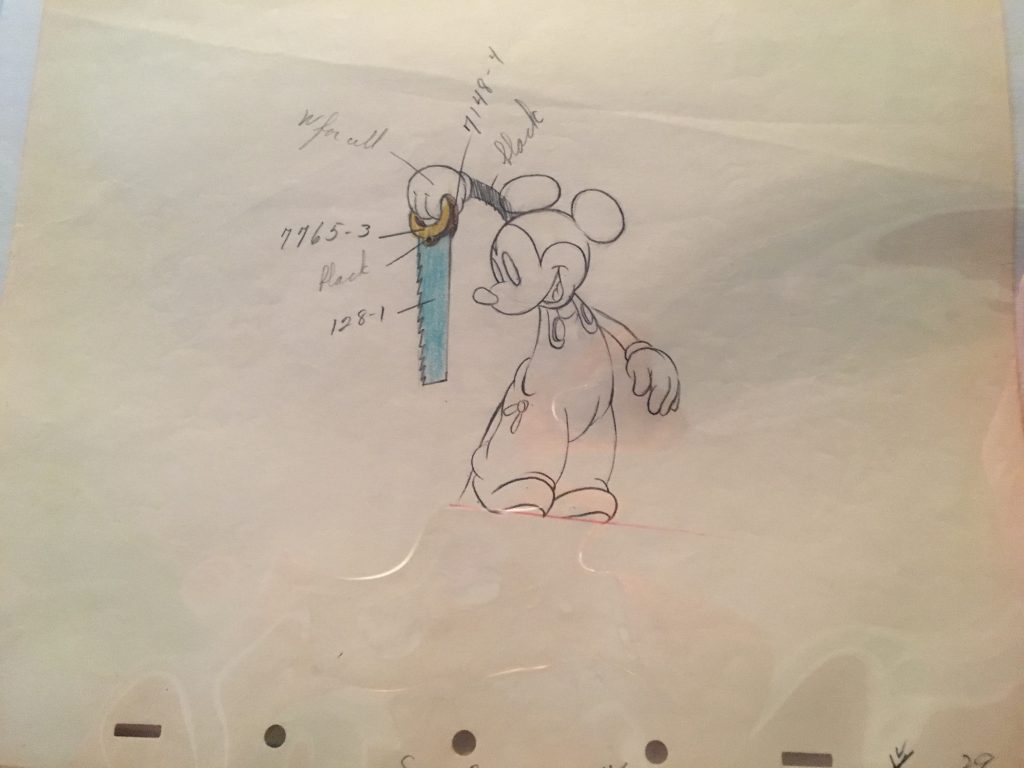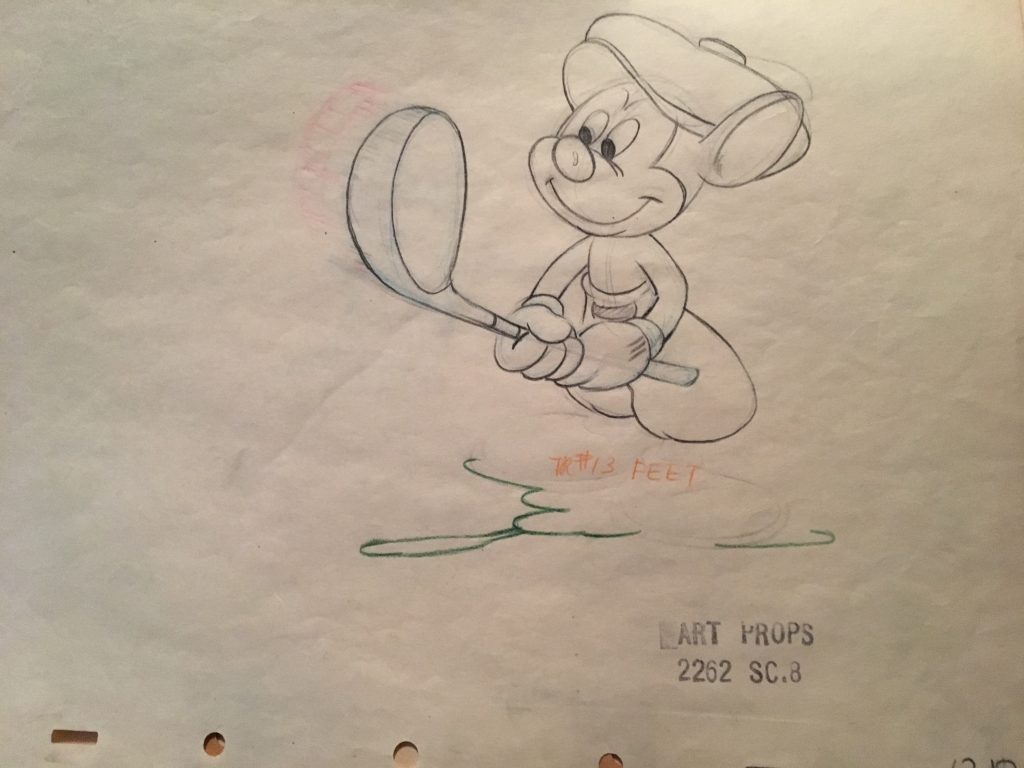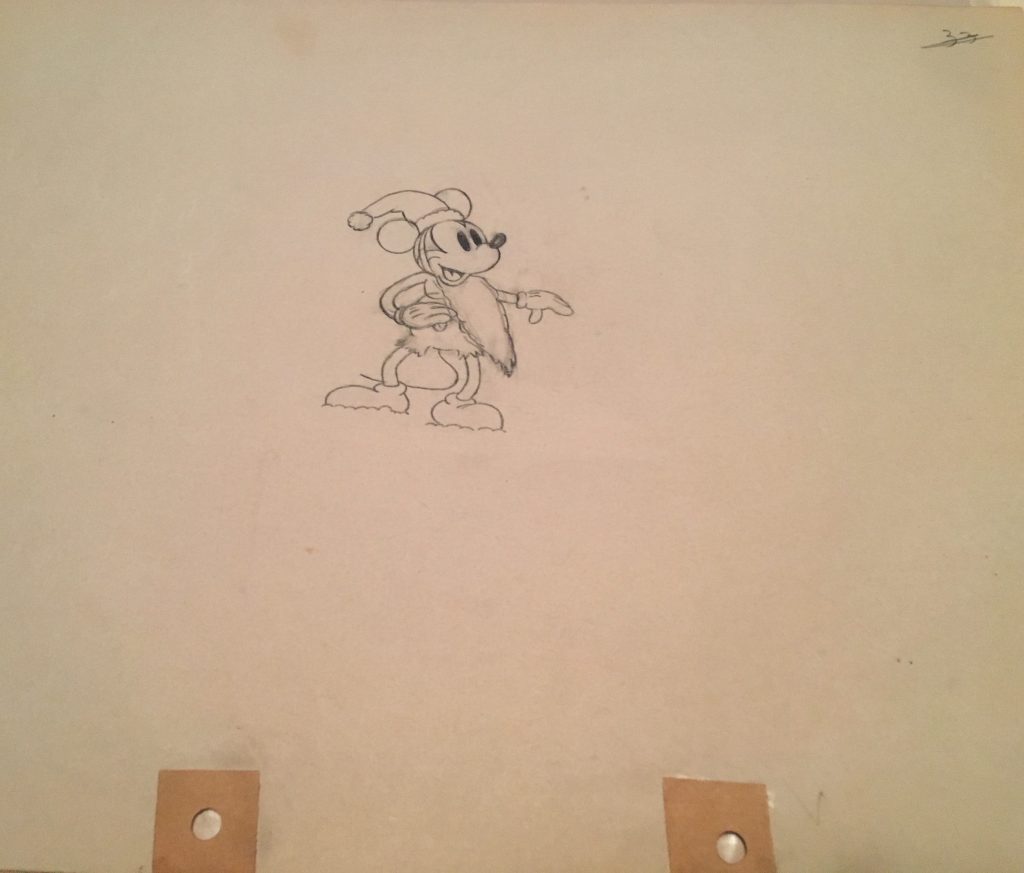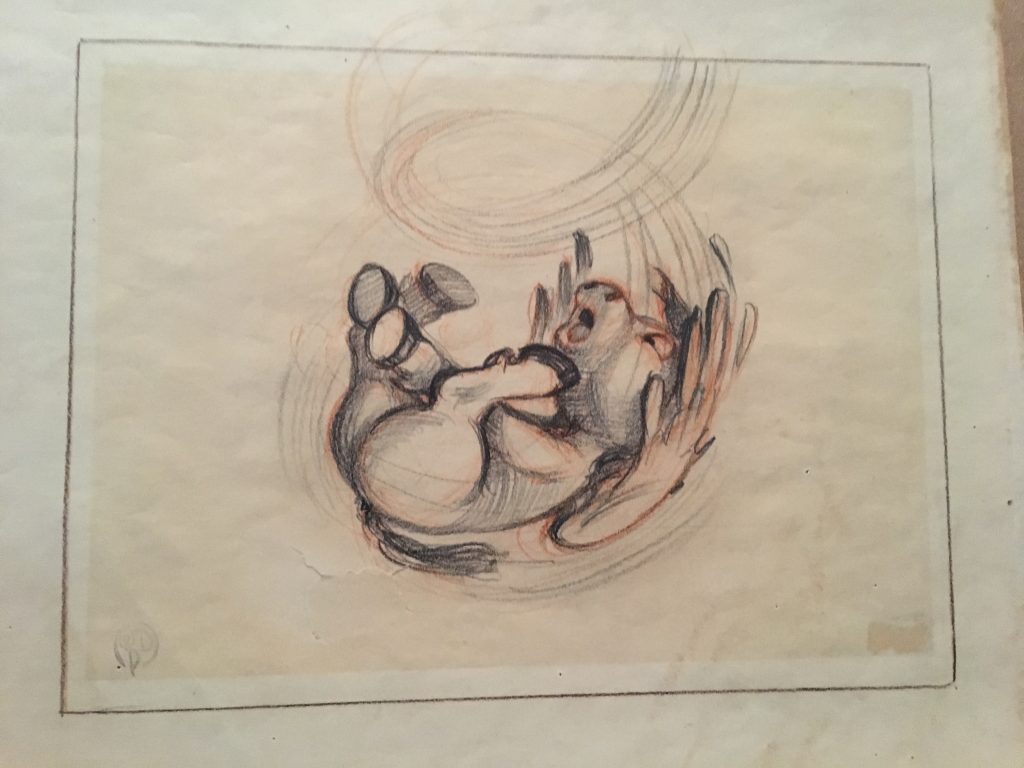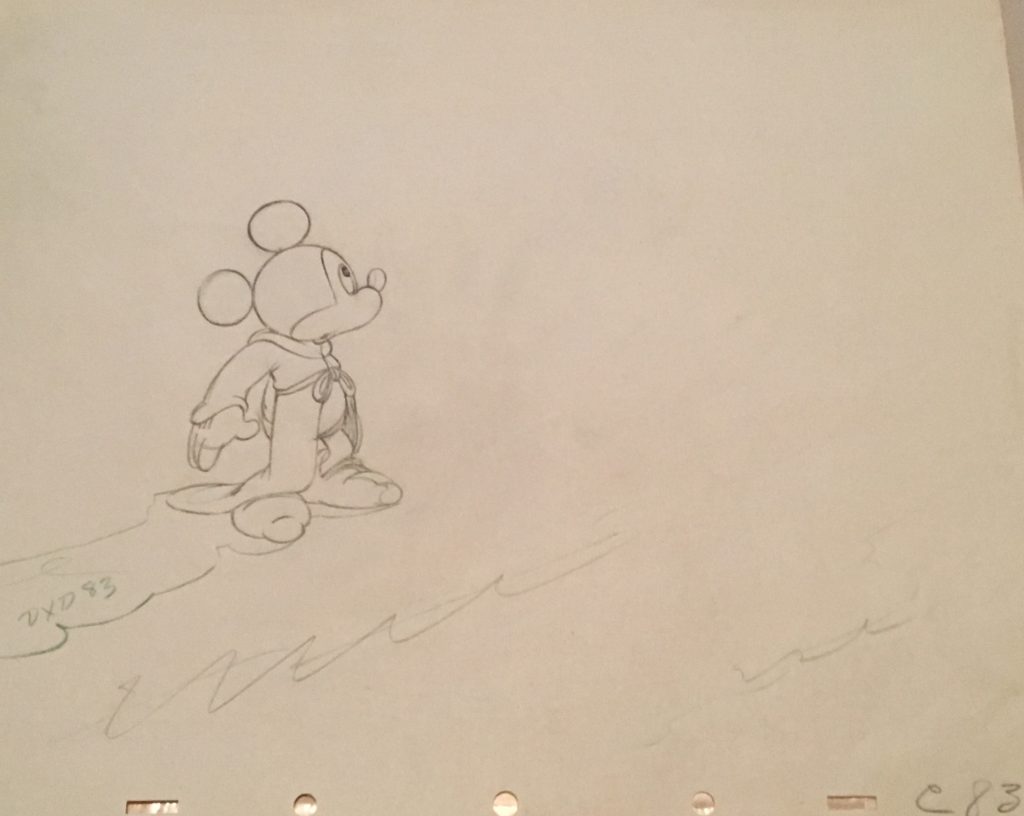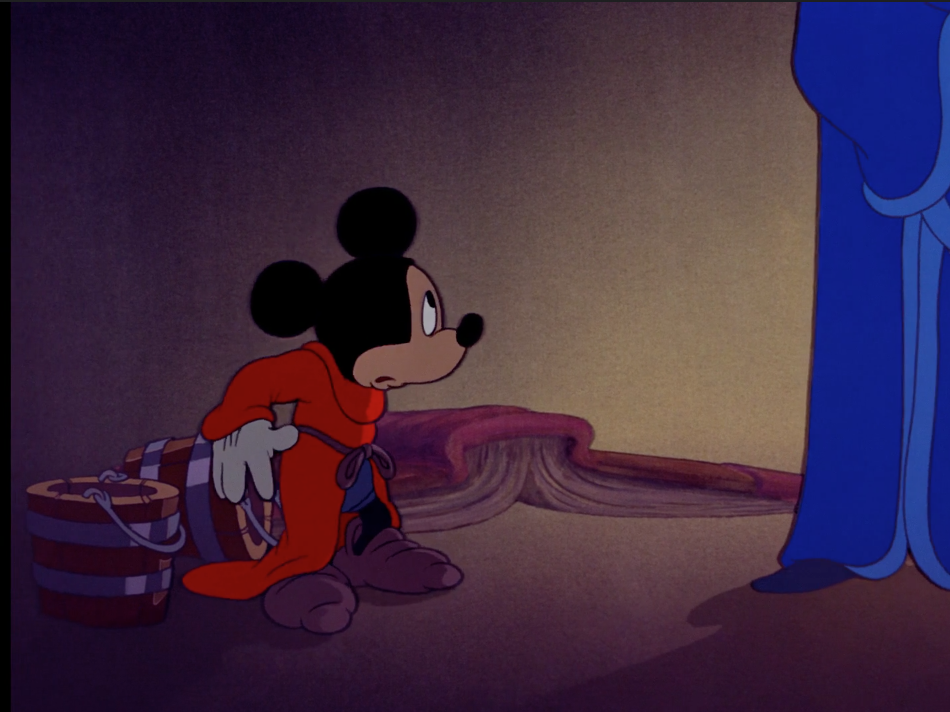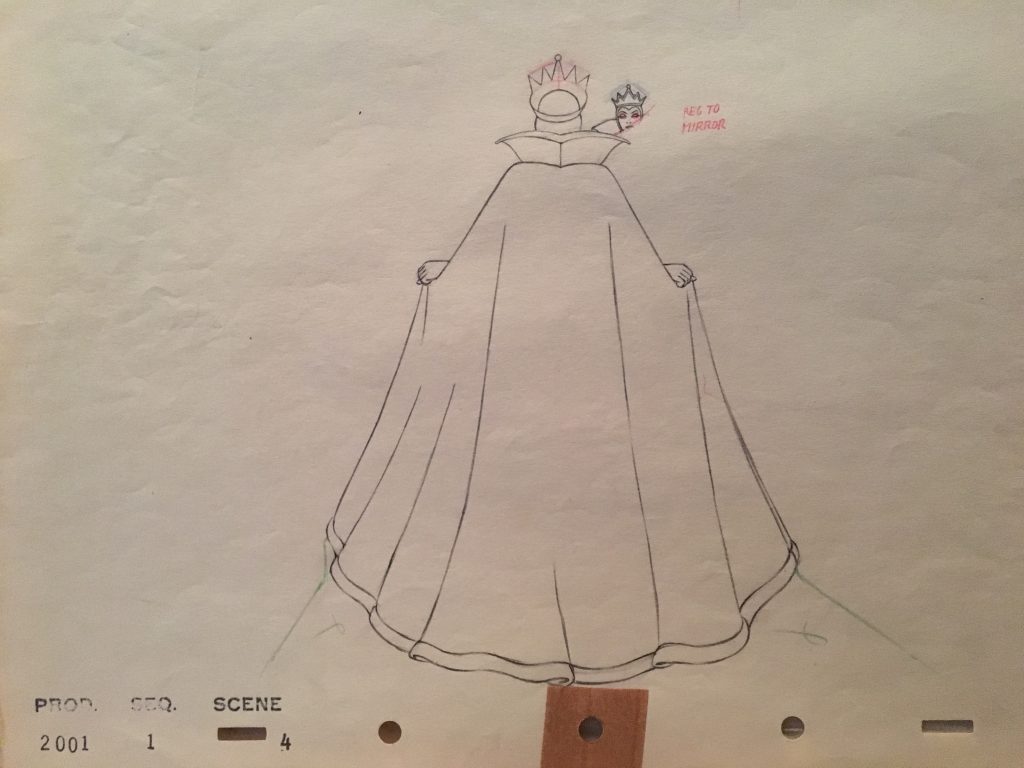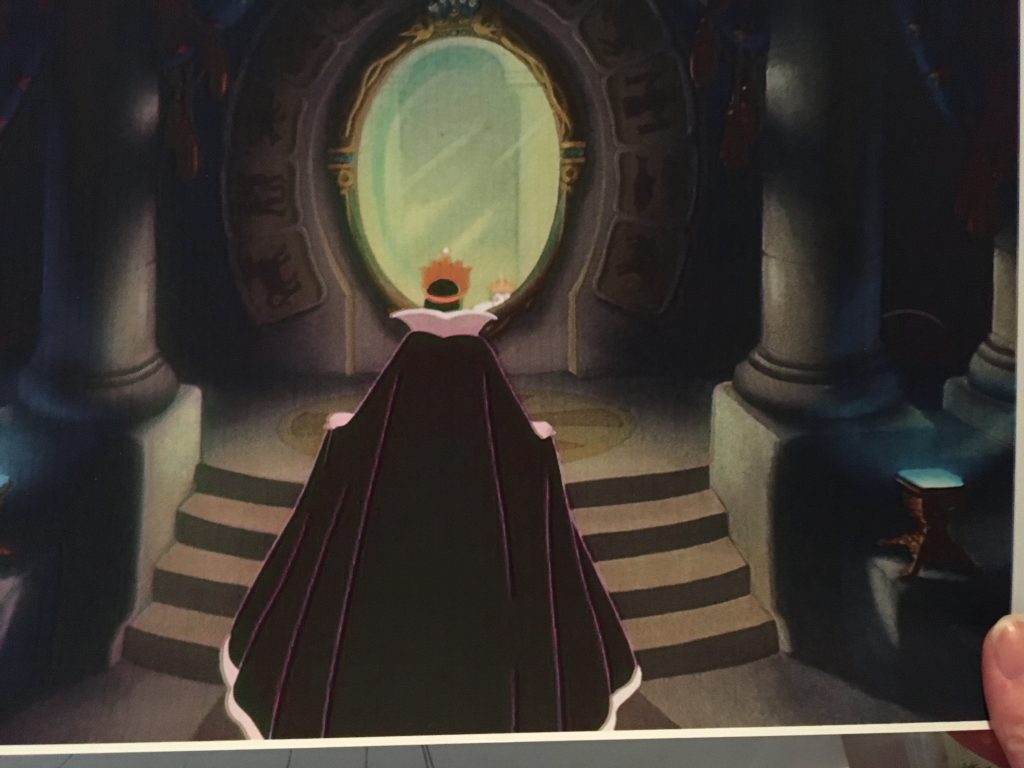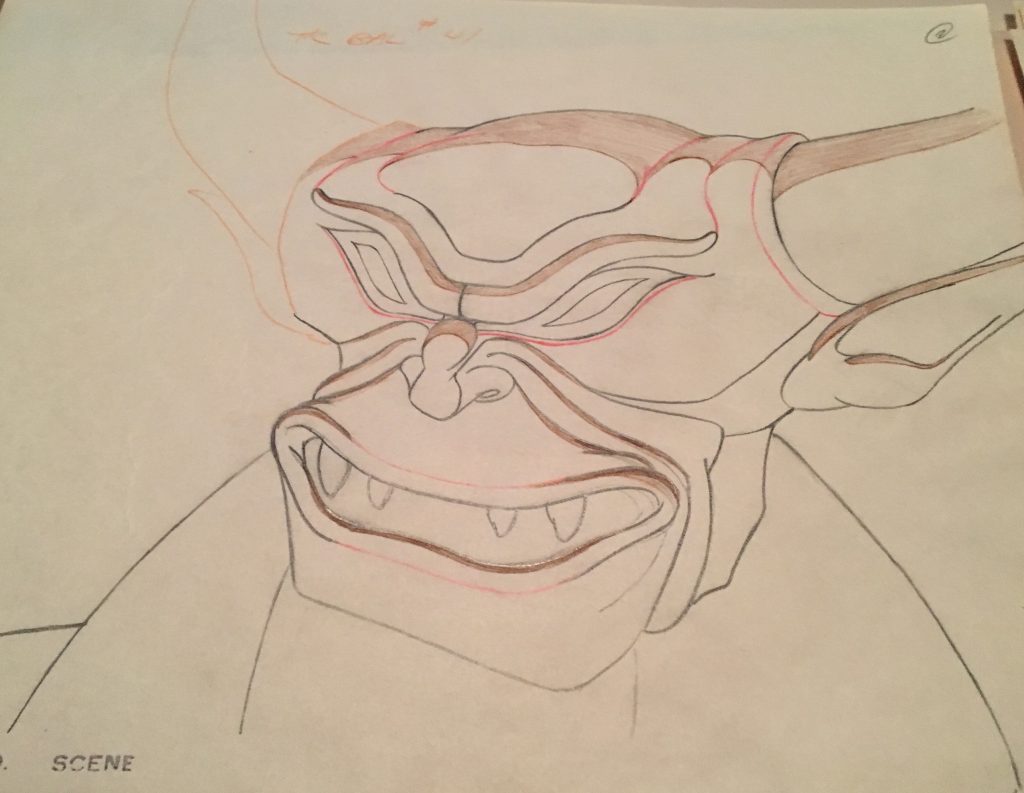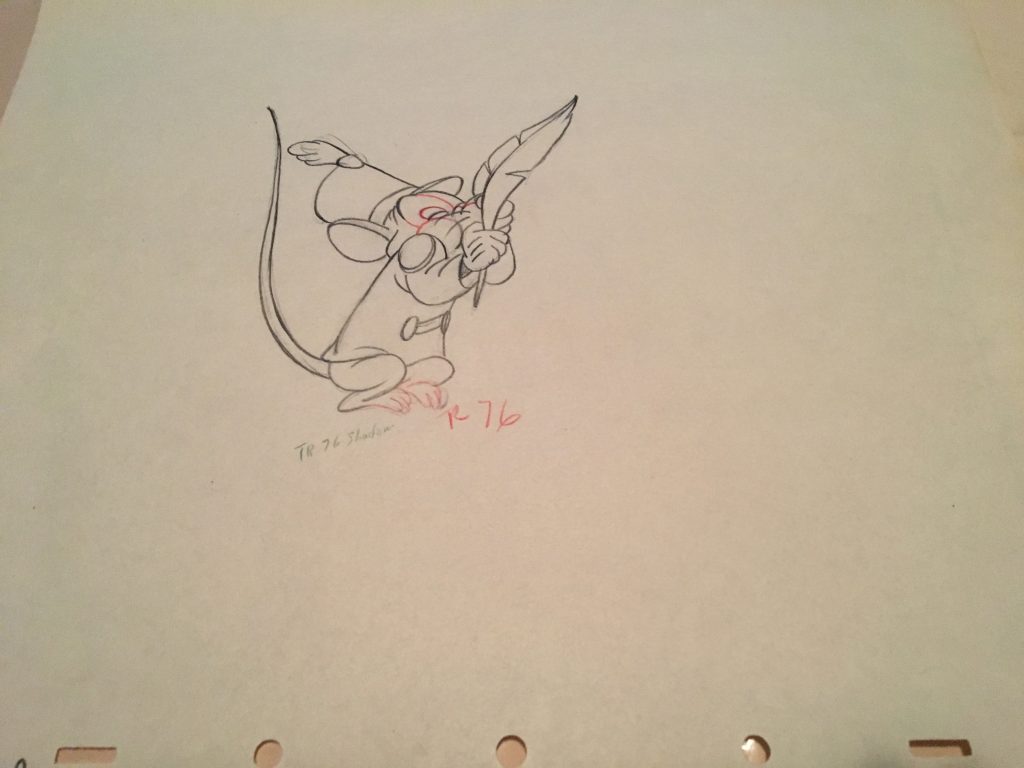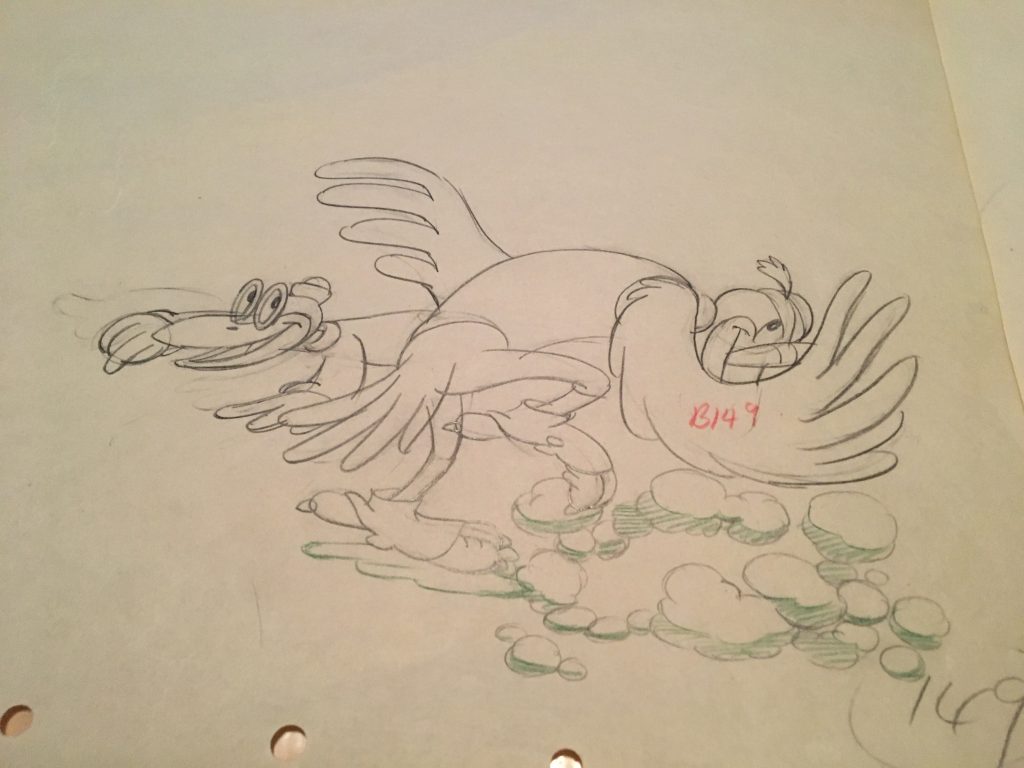This Valentine’s Day, ArtInsights is doing cupid’s work, and watched lots of sweet, poignant, and sometimes heartbreaking cartoon shorts in the hopes of bringing you a worthy list for the holiday. I got weepy so you don’t have to, or at least not as often! I wanted to find 10 great cartoons from a variety of studios that would represent love in many of its most positive and joyful forms. As long as I can remember, my parents have sent me a Valentine. In fact, I just got one from them. Valentine’s Day is just another opportunity to tell the many people (and creatures!) you love them. See our list below, set in chronological order of release, for an animated celebration of love you can share with your valentine, be they your parent, pet, partner, or paramour.
THE UGLY DUCKLING 1939
Though there was an earlier incarnation of this Hans Christian Andersen story brought to the screen by Disney in 1931, the better version was released in 1939, released on April 7th, as a Silly Symphonies short. It won the Best Animated Short Subject Oscar. It was the last of the Silly Symphony series, ending it on a high note. Several of the most famous and beloved animators in Disney history worked on the film, including Milt Kahl and Eric Larson, and featured the voice of Donald Duck, Clarence Nash, doing duck sounds. As love-related cartoon shorts go, this story is a timeless one that brings to life the experience of feeling lost and finding your clan, and the love that surrounds you when you do.
MR DUCK STEPS OUT 1940
Of all the entries on this list, Mr. Duck Steps Out, which features Donald Duck, Daisy, and his nephews Huey, Dewey, and Louis, is the most specific to Valentine’s. Donald comes to call with a heart-shaped box of chocolates for his sweetie. This is a joyful short with dancing, romance, and fun, but also speaks to the patience and understanding sometimes needed in blended families. Here Daisy is presented as Donald’s permanent love interest for the first time. The story for Mr. Duck was created in part by Carl Barks and Jack Hannah, and animators on this short include Les Clark and Dick Lundy. Find art of Donald Duck HERE.
JOHNNY FEDORA AND ALICE BLUEBONNET 1946
This, for full disclosure, is one of my very favorite pieces of animation every released. Released as part of Disney’s animated anthology Make Mine Music, the whole story is told through song, sung by The Andrew Sisters. It was directed by Jack Kinney, who also helmed many of the best “How To” Goofy shorts. It’s about two hats who fall in love while on display next to each other in a department store, only to be separated when Alice is bought. Much struggle and many challenges later, there’s a very sweet happy ending. It’s about commitment, y’all.
FEED THE KITTY 1952
This is one of two shorts featuring a pup and kitty that love each other I’ve included in the list. Why? Well, for one thing, this cartoon has been rated as one of the top 50 best in history. Directed by Chuck Jones, Feed the Kitty, the first short featuring bulldog Marc Anthony and kitten Pussyfoot, is a masterclass in comedic timing, and character design. The great voice artist Mel Blanc, though uncredited, can be heard as a pained, clawed Marc Anthony. It’s the relationship between the dog and kitten that holds the whole thing together and makes it so memorable. It’s a reminder that (as in the case of Pussyfoot kneading Marc Anthony’s back and possibly drawing blood in the process) a little pain is part of a life of love, but it’s all worth it. Find art of Marc and Pussyfoot HERE.
THE DOT AND THE LINE: A ROMANCE IN LOWER MATHEMATICS 1965
Again, directed by Chuck Jones, but co-directed by artist Maurice Noble, and winner of an Academy Award, this short was released by MGM. It tells the story of a dot and line, and their romance, which goes through a number of challenges before all is said and done. Weird and wonderful, it’s an esoteric and visually fascinating cartoon, perfect for the more nonconformist animation fans.
PAPERMAN 2012
Our only black and white entry, this computer animated short was directed by John Kahrs, who also supplies the voice of the male lead. Produced by Disney, it was the first short cartoon to win an Oscar since 1970. It takes place in the 40s, and is a story of missed and second chances, love at first site, destiny, and Cupid-help from an unexpected source. The whole thing is very romantic, with the lead character George inspired by George Bailey, the lead character in another memorable romance of sorts, It’s a Wonderful Life. Find art of Paperman on the website HERE.
KITBULL 2019
Traditionally animated, Kimball is directed by female animator Rosanna Sullivan, and produced by Pixar. It became a sensation after being released on YouTube and racking up 93 BILLION views, and ultimately got nominated for an Oscar. It’s the story of a teeny homeless kitten who befriends a pit bull, and it’s just really a portrayal of pure, unconditional love in action. It’ll make you feel all your feelings and remind you of whatever favorite creature you’ve got now or had in your life that made your life fuller and more beautiful. The short was part of Pixar’s SparkShorts program, which offered opportunities to unknown voices in animation. Sullivan was inspired by the hand-drawn animation she saw as a child, and wanted to create animation that couldn’t be replicated inside a computer. Her work and commitment to 2D led to a wonderful, poignant film that will become one of your favorites, especially if you’re an animal lover.
HAIR LOVE 2019
I dare you to get through this one with dry eyes. Directed by Matthew Cherry and another Oscar winner, Hair Love centers on seven-year-old Zuri, who is trying, unsuccessfully, to do her own hair with hair tutorials. Enter her dad, Stephen, who commits to figuring out how to tame Zuri’s gorgeous hair into her desired do. The end, (and I reveal this for folks who don’t need this kind of surprise), shows Zuri and Stephen bringing Zuri’s mom home from the hospital, where she’s been getting chemotherapy. It’s actually a happy ending, and what can I say? Love is in every frame of this cartoon.
(Matthew Cherry: https://youtu.be/IAGHJRSsc6A)
OUT 2020
Another potential tearjerker, written and directed by Steven Hunter, this is the 7th in the Pixar SparkShorts program. It is both Disney and Pixar’s first short to feature a gay lead character. It’s a bit convoluted, but very sweet, and celebrates familial and romantic love in ways not seen before onscreen. Love is love, and Valentine’s Day is for everyone!
US AGAIN 2021
3D computer animated short Us Again is a Disney release, written and directed by Zach Parrish. The film, which shows an older married couple reinvigorate both their bodies and souls through dance was inspired by his own grandparents and a viral video of married choreographers Keone and Mari Madrid dancing as an elderly couple. Female composer created the soundtrack before the animation was created to give the Madrids, who created the choreography for the short, music to work with. You can see this cartoon on Disney+, and watching it, at the very least, will remind you of a few things: you’re never too old to dance or be in love, love can help keep us young, and “thinking young” helps keep love partnerships healthy and vibrant.
As a reminder, the gallery has lots of great pieces of art that celebrate love in animation. You can find a nice collection specific to romance HERE. May you all have a happy Valentine’s Day, and may you always remember you are loved.

